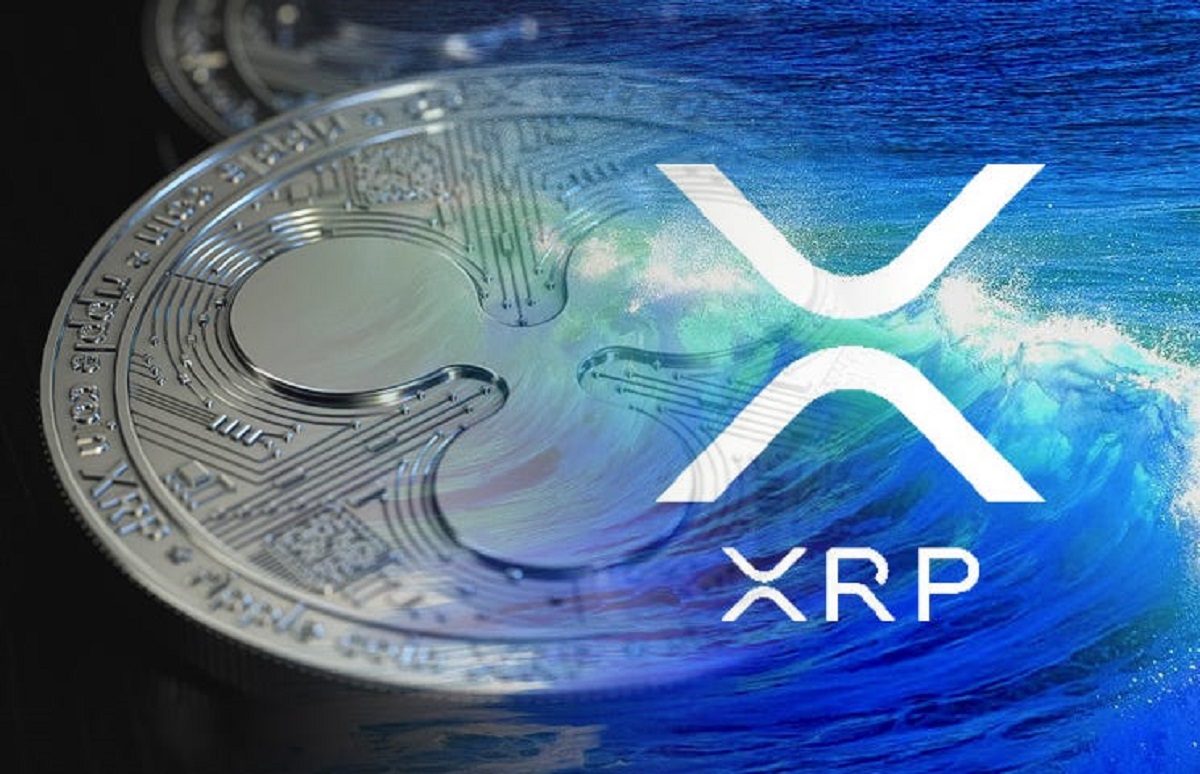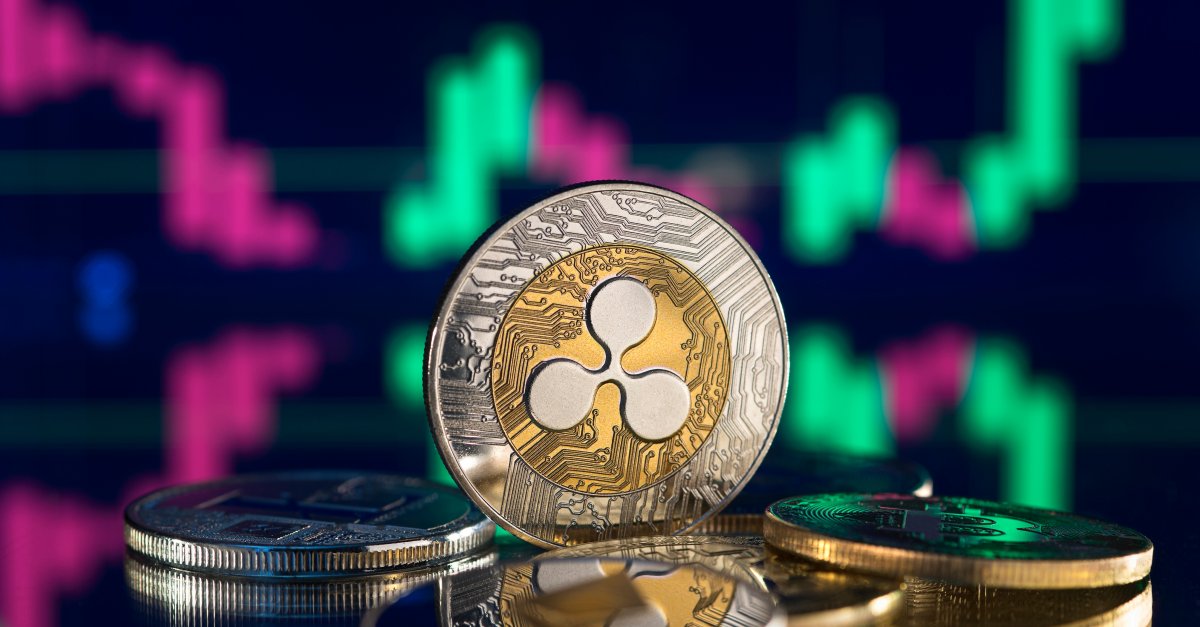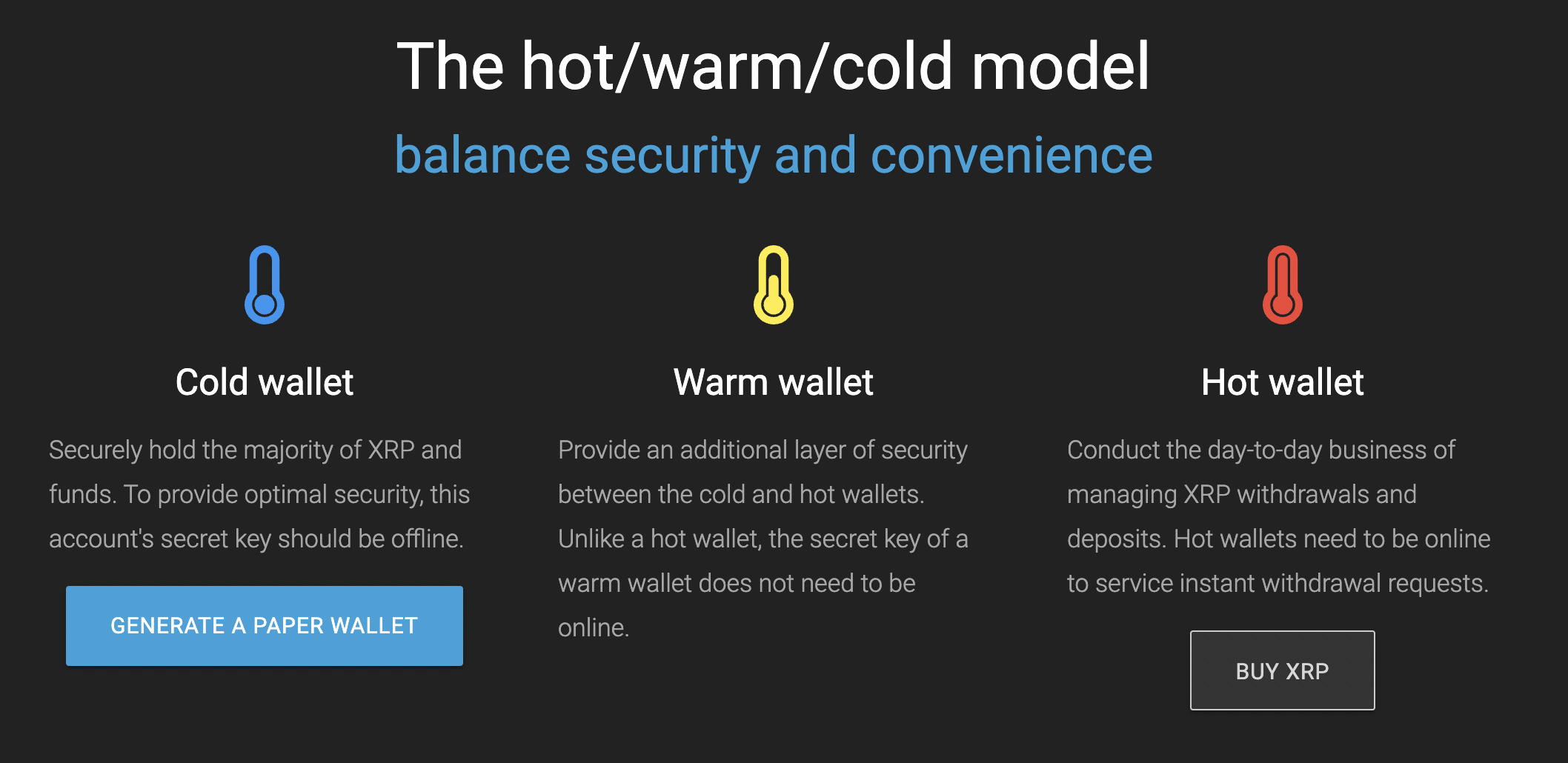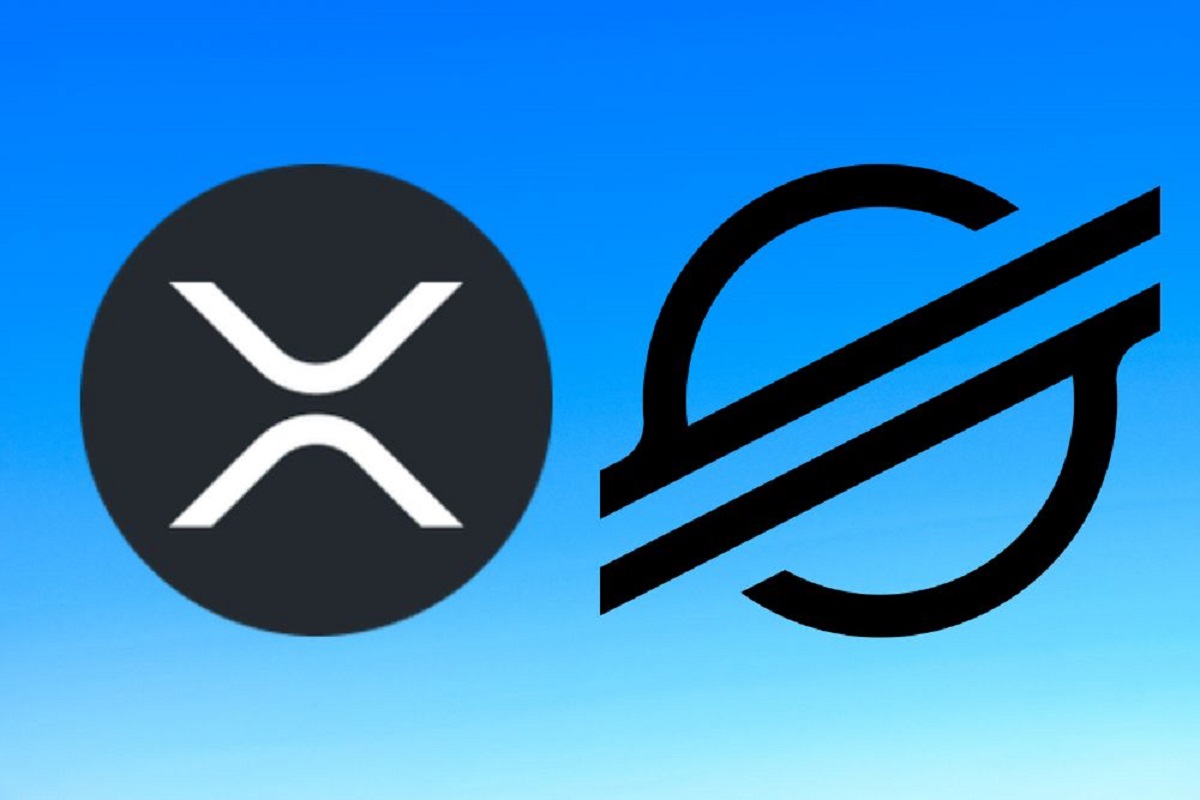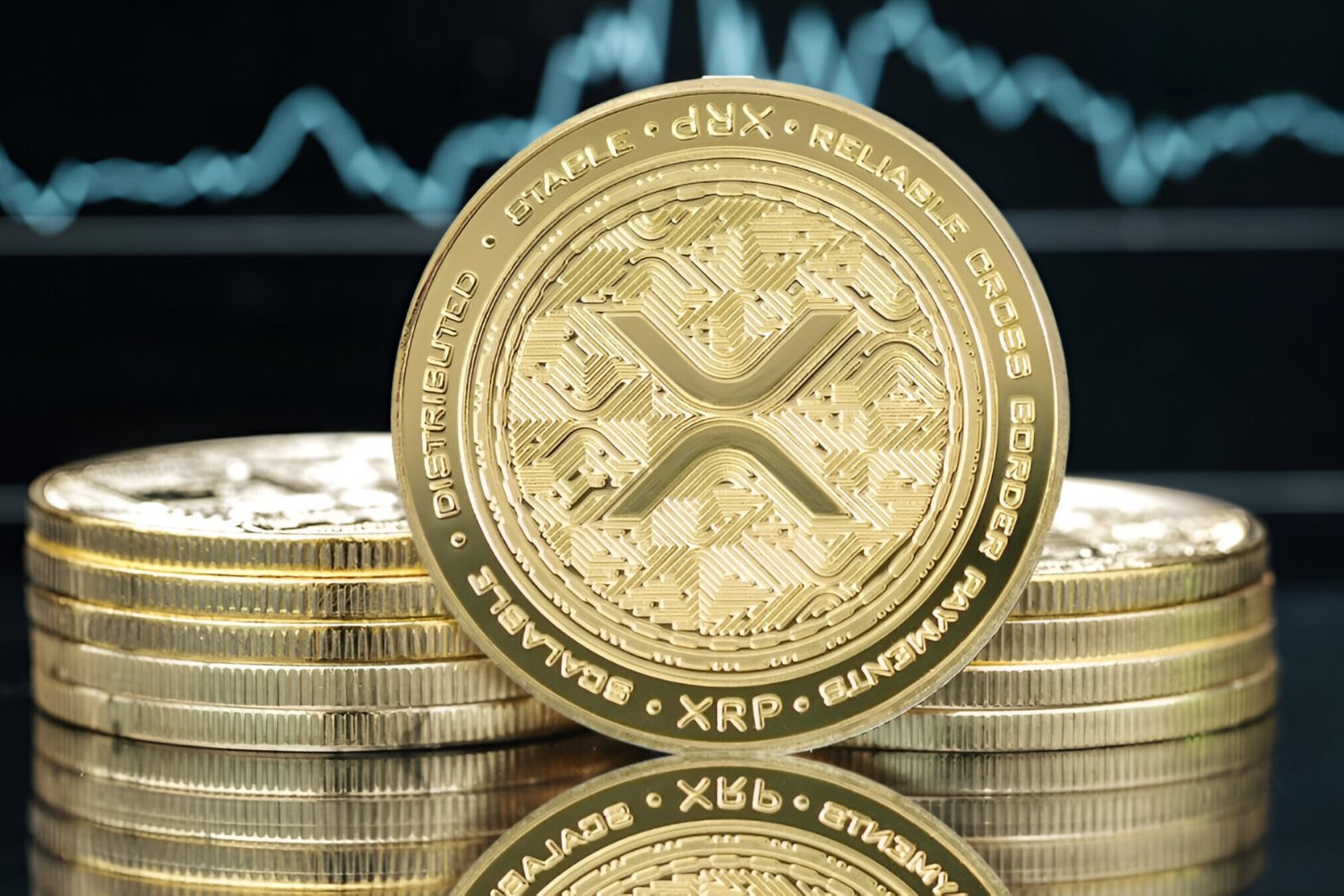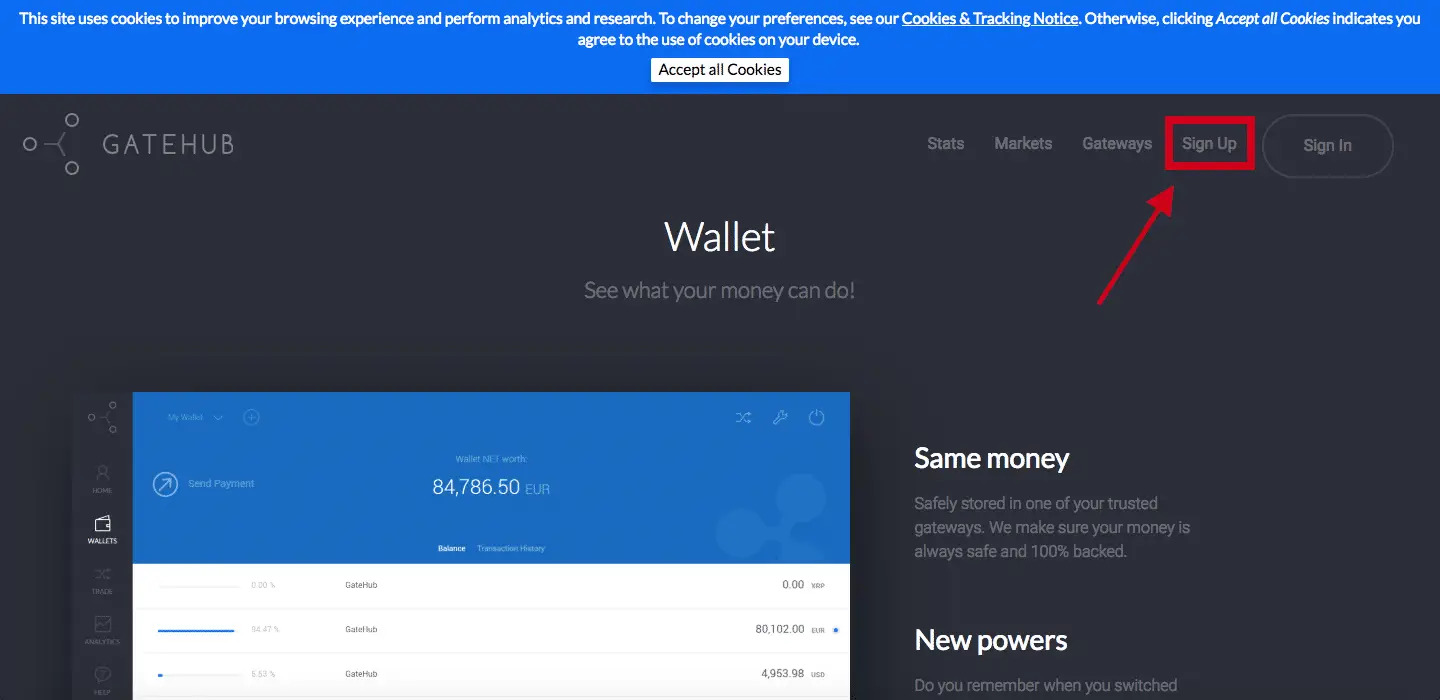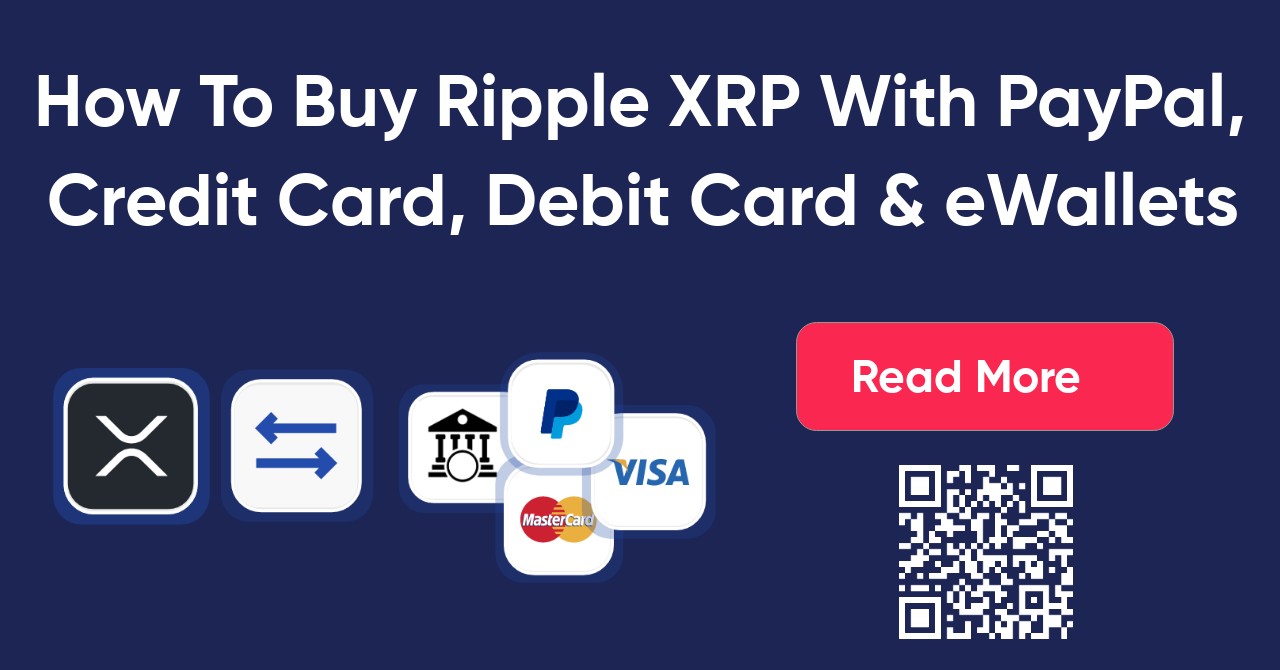Introduction
When it comes to cryptocurrencies, one name that has gained significant attention and popularity is XRP. Being the digital asset associated with Ripple, XRP has become known for its fast transaction speeds and low fees, making it an attractive choice for financial institutions and investors alike.
However, as with any cryptocurrency, it’s essential to understand the origins and creators behind XRP to truly appreciate its journey. In this article, we will delve into the intriguing story of who created XRP, shedding light on the key individuals and entities involved in its development.
XRP was launched in 2012, but its journey actually began long before that. To understand the full picture, we need to explore the early days of Ripple Inc. and the individuals who played a significant role in its inception.
So, let’s embark on a fascinating journey through time to uncover the creators of XRP, the challenges they faced, and the controversies that surrounded its creation. Strap in and get ready to dive deep into the world of cryptocurrency origins.
Early Beginnings of XRP
The story of XRP starts with the early days of Ripple, a technology company aiming to revolutionize the cross-border payment industry. In 2004, a software developer named Ryan Fugger created a precursor to XRP called RipplePay, which was designed as a decentralized digital currency and payment platform.
However, the true turning point in XRP’s history came when Jed McCaleb, a prominent figure in the cryptocurrency world, joined forces with Fugger in 2011. McCaleb had previously founded the infamous Mt. Gox exchange, but after his departure, he sought a new project to pursue.
Under McCaleb’s leadership, RipplePay underwent a transformation. McCaleb recognized the potential of blockchain technology and its ability to revolutionize the financial industry. He envisioned a new system that could enable fast and secure cross-border transactions, ultimately leading to the birth of XRP.
To further develop the project, McCaleb established OpenCoin Inc. in 2012, alongside fellow co-founder Chris Larsen. This company would later rebrand as Ripple Inc., becoming a key player in the cryptocurrency ecosystem.
At the core of XRP’s early development was the establishment of a consensus algorithm called the XRP Ledger. Unlike Bitcoin and other cryptocurrencies that rely on Proof of Work (PoW), XRP employed a unique consensus mechanism called the Ripple Protocol Consensus Algorithm (RPCA).
The RPCA ensured that the XRP Ledger reached agreement on the validity and order of transactions, allowing for fast and efficient settlement. This innovation contributed to XRP’s reputation as a scalable and reliable digital asset.
During this period, McCaleb and Larsen also focused on building partnerships and gaining support from financial institutions. They understood that widespread adoption and integration with existing financial systems were crucial for the success of XRP.
Through strategic collaborations with banks, payment processors, and other financial entities, Ripple Inc. positioned XRP as a bridge currency that could facilitate seamless transactions between different fiat currencies. This unique value proposition set XRP apart from other cryptocurrencies and helped drive its growth and adoption within the industry.
With the foundations laid, XRP was ready to take its place in the cryptocurrency market. However, this was just the beginning of a turbulent journey filled with controversies and legal battles surrounding the true ownership and control of XRP.
Jed McCaleb and Mt. Gox
Before diving into the creation of XRP, it’s important to understand the significant role that Jed McCaleb played in the cryptocurrency world prior to his involvement with Ripple and the development of XRP.
In 2010, McCaleb founded Mt. Gox, which would later become the world’s largest Bitcoin exchange. Mt. Gox quickly gained popularity and became the go-to platform for Bitcoin trading. At its peak, it was handling over 70% of all Bitcoin transactions.
However, Mt. Gox faced numerous challenges throughout its existence. In 2014, the exchange suffered a devastating hack resulting in the loss of 850,000 Bitcoins, leading to its eventual bankruptcy. The incident sent shockwaves through the cryptocurrency community and raised questions about the security of digital assets.
Following the Mt. Gox debacle, McCaleb decided to part ways with the exchange and pursue new ventures. It was during this time that he crossed paths with Ryan Fugger and joined forces to further develop Ripple and introduce XRP to the world.
McCaleb’s experience with Mt. Gox provided invaluable knowledge and insights into the inner workings of the cryptocurrency industry. His involvement with the exchange helped him understand the challenges and pitfalls that come with running a large-scale digital asset trading platform.
With this experience in mind, McCaleb set out to create a system that could address the flaws and vulnerabilities he had witnessed firsthand. This mindset helped shape XRP and Ripple’s focus on creating a secure and efficient payment network for financial institutions.
McCaleb’s contribution extended beyond his role in the early development of XRP. As Ripple Inc. grew, he played a crucial role in expanding partnerships and securing funding for the company. His entrepreneurial skills and industry connections helped Ripple establish itself as a key player in the cryptocurrency and fintech space.
However, McCaleb’s journey with XRP was not without its complexities. As Ripple’s success and XRP’s popularity grew, disagreements arose regarding the distribution and ownership of XRP tokens. These disputes ultimately led to legal battles and McCaleb’s departure from Ripple Inc.
Despite the challenges and controversies, McCaleb’s vision and initial contributions laid the groundwork for XRP’s success. His involvement with Mt. Gox and Ripple showcased his determination to push the boundaries of the cryptocurrency industry and make a lasting impact.
Now that we’ve explored McCaleb’s role in the early days of XRP, let’s turn our attention to Ripple Inc. and Chris Larsen, the other key figure involved in the creation of XRP.
Ripple Inc. and Chris Larsen
While Jed McCaleb played a crucial role in the early development of XRP, another key figure in its creation is Chris Larsen. Larsen co-founded Ripple Inc. alongside McCaleb and played a pivotal role in shaping the company’s trajectory.
Chris Larsen had a background in entrepreneurship and a deep understanding of the financial industry. Prior to Ripple, Larsen had founded multiple successful technology and financial services companies, showcasing his expertise and leadership skills.
One of Larsen’s notable achievements was co-founding E-LOAN, an online mortgage lender, in the late 1990s. The company transformed the way people accessed and obtained mortgage loans, revolutionizing the lending industry.
This experience in the fintech sector provided Larsen with valuable insights into the existing inefficiencies in the global financial system. Recognizing the potential of blockchain technology, Larsen saw an opportunity to create a new payment network that could tackle these issues head-on.
Together with McCaleb, Larsen focused on building partnerships and establishing Ripple’s presence in the financial industry. Their goal was to bridge the gap between traditional financial institutions and the world of cryptocurrencies, offering a solution that could handle fast, secure, and cost-effective cross-border transactions.
Larsen’s business acumen was instrumental in securing strategic partnerships with major financial institutions, including banks and payment processors. These collaborations helped Ripple gain credibility and positioned XRP as a viable digital asset for achieving real-world financial integration.
Under Larsen’s guidance, Ripple Inc. also raised significant funding to support the development and growth of its payment solutions. The company secured investments from prominent venture capital firms and financial institutions, securing its status as a key player in the cryptocurrency and fintech landscape.
However, as Ripple’s success and XRP’s adoption grew, differences of opinion emerged among the co-founders regarding the direction of the company. This eventually led to legal disputes between McCaleb and Ripple Inc., resulting in McCaleb’s departure and Larsen assuming a more prominent leadership role.
Larsen’s continued dedication to Ripple and XRP enabled the company to navigate through challenges and further establish itself as a leading blockchain-based payment network. His vision for a seamless global financial system has driven Ripple’s innovation, empowering financial institutions to leverage XRP for faster and more efficient transactions.
With a solid foundation built by McCaleb and Larsen, XRP was ready to take center stage as a game-changing cryptocurrency. However, its creation and Ripple’s role in its development were not without controversy and legal battles, which we will explore in the next section.
The Creation of XRP
The creation of XRP can be traced back to the vision of Jed McCaleb and the collaboration between Ripple Inc. and various industry experts. XRP was developed to address the inefficiencies and limitations of the existing financial system, offering a digital asset that could facilitate fast and secure cross-border transactions.
Building upon the foundations of RipplePay, McCaleb and his team recognized the potential of blockchain technology and its ability to transform the way value is transferred globally. They aimed to create a digital asset that could bridge the gap between traditional financial institutions and the world of cryptocurrencies.
Through the establishment of the XRP Ledger, a consensus algorithm called the Ripple Protocol Consensus Algorithm (RPCA), and partnerships with financial institutions, XRP was positioned as a scalable and reliable digital asset for cross-border transactions.
The XRP Ledger operates on a decentralized network of nodes that independently validate and agree upon the validity and order of transactions. This consensus mechanism allows for fast and efficient settlement, with transactions settling in a matter of seconds, making XRP one of the fastest and most reliable cryptocurrencies in terms of transaction speed.
To create a seamless experience, XRP was designed to function as a bridge currency. This means that it can be used to facilitate transactions between different fiat currencies, eliminating the need for multiple intermediate steps and reducing costs and delays associated with traditional cross-border payments.
In terms of supply, XRP was pre-mined, with 100 billion tokens created at the inception of the network. Unlike Bitcoin and other cryptocurrencies that have a built-in limit to the total supply, XRP’s supply is fixed and not subject to mining or inflation. This fixed supply ensures stability and predictability for users and investors.
The creation of XRP coincided with the rebranding of OpenCoin Inc. to Ripple Inc. in 2012. This rebranding reflected the company’s broader vision of revolutionizing the global payments landscape using XRP and its underlying technology.
Since its launch, XRP has gained significant traction and adoption within the financial industry. It has established partnerships with major banks, payment processors, and remittance providers, positioning itself as a key player in the realm of cross-border payments.
The creation of XRP represents the culmination of the collaborative efforts of the Ripple team, industry experts, and visionaries like Jed McCaleb. It has emerged as a promising digital asset that offers a practical solution for global financial transactions, setting the stage for a new era in the world of cryptocurrencies.
Ripple’s Role in XRP’s Development
Ripple Inc., the company behind XRP, played a vital role in the development and growth of the digital asset. Ripple’s mission was to revolutionize the cross-border payment industry, and XRP became the centerpiece of their vision.
One of Ripple’s primary contributions to XRP’s development was the establishment and maintenance of the XRP Ledger. The XRP Ledger is a distributed ledger technology that enables the secure and efficient transfer of XRP between accounts. Ripple played a crucial role in continuously improving the functionality and performance of the XRP Ledger over time.
Ripple also focused on building strategic partnerships with financial institutions worldwide. By collaborating with banks, payment processors, and remittance providers, Ripple aimed to integrate XRP into existing financial systems and enable seamless transactions across borders.
Ripple’s partnership with these institutions provided a significant boost to XRP’s adoption and credibility. Through these alliances, Ripple showcased the practical use cases of XRP and its potential to revolutionize the way money is moved and settled internationally.
Furthermore, Ripple introduced innovative solutions like xRapid and RippleNet to facilitate the use of XRP in cross-border payments. xRapid enabled financial institutions to source liquidity on-demand using XRP, reducing costs and settlement times. RippleNet, on the other hand, served as a network that connected various financial institutions, enabling them to transact with one another using XRP as a bridge currency.
Ripple’s expertise in the financial industry and its understanding of the challenges faced by institutions seeking to leverage blockchain technology gave them an advantage in promoting XRP’s adoption. By addressing regulatory concerns and offering guidance on compliance, Ripple helped create an environment conducive to the mainstream acceptance of XRP.
Through extensive marketing efforts and educational initiatives, Ripple aimed to raise awareness about XRP’s benefits and its potential to transform the financial sector. The company actively engaged with industry conferences, published research papers, and participated in discussions with regulators to foster an understanding of the importance of digital assets like XRP.
Overall, Ripple’s contributions in terms of technological development, strategic partnerships, and industry advocacy played a crucial role in the growth and acceptance of XRP. Their efforts helped position XRP as a viable and trusted digital asset, paving the way for its increasing use in cross-border payments and beyond.
Controversies and Lawsuits Surrounding XRP’s Creation
Despite its growing popularity and adoption, XRP’s journey has not been without its fair share of controversies and legal battles surrounding its creation. These controversies have sparked debates within the cryptocurrency community and raised questions about the nature of XRP and its relationship with Ripple Inc.
One of the primary controversies surrounding XRP is the question of its status as a security. Some individuals and organizations argue that XRP should be classified as a security, similar to stocks or bonds, due to its association with Ripple Inc. and its role in funding the company’s operations.
Ripple has consistently stated that XRP is not a security, but instead a digital asset with a distinct utility as a bridge currency. However, the debate continues, and regulatory authorities have yet to provide a definitive ruling on the matter, leaving some uncertainty surrounding XRP’s legal status.
In addition to the securities debate, Ripple and XRP have faced several lawsuits related to the alleged sale of unregistered securities. These lawsuits claim that Ripple conducted an unregistered securities offering by selling XRP to investors, arguing that XRP’s distribution resembled that of a traditional security.
Despite these legal challenges, Ripple has fought back against the allegations and has sought to dismiss or settle the lawsuits. The outcomes of these legal battles have the potential to have significant implications for the future of XRP and its standing in the cryptocurrency market.
The controversies surrounding XRP have also led to some exchanges and financial institutions delisting or suspending XRP trading services. These actions were taken to mitigate potential regulatory risks and ensure compliance with applicable laws and regulations.
It is important to note that these controversies and legal battles have not halted Ripple’s efforts to promote the use and adoption of XRP. Ripple has continued to forge partnerships with financial institutions, expand its network, and enhance its solutions to facilitate cross-border transactions using XRP.
As the legal landscape and regulatory framework around cryptocurrencies continue to evolve, the outcome of the controversies and lawsuits surrounding XRP’s creation remains uncertain. Despite the challenges faced by Ripple and XRP, the team remains steadfast in their mission to revolutionize cross-border payments and reshape the global financial system.
As the legal battles unfold and regulatory clarity is sought, the cryptocurrency community eagerly awaits a resolution that could potentially shape the future of XRP and its place in the digital asset ecosystem.
Conclusion
The creation of XRP has marked a significant milestone in the world of cryptocurrency, providing a digital asset that aims to revolutionize cross-border transactions. Emerging from the collaboration between Ripple Inc. and industry pioneers like Jed McCaleb and Chris Larsen, XRP has gained traction for its fast transaction speeds, low fees, and potential to streamline global financial systems.
However, XRP’s journey has not been without its challenges and controversies. The debate surrounding its classification as a security and the lawsuits against Ripple Inc. have created uncertainty and legal battles that could shape the future of XRP and its relationship with Ripple.
Despite these hurdles, Ripple’s role in XRP’s development cannot be overlooked. Ripple’s technological advancements, partnerships with financial institutions, and advocacy for mainstream adoption have significantly contributed to XRP’s growth and acceptance within the financial industry.
As the cryptocurrency market continues to evolve and regulatory frameworks are established, the resolution of the controversies surrounding XRP’s creation will play a pivotal role in shaping its future. The outcome of legal battles and regulatory decisions will determine XRP’s position in the marketplace and its potential to disrupt traditional cross-border payments.
Nevertheless, XRP remains an innovative digital asset with the potential to streamline global remittance systems and bridge the gap between traditional banking networks and cryptocurrencies. Its scalability, efficiency, and cost-effectiveness make it an attractive option for financial institutions seeking to optimize their cross-border transactions.
The creators and visionaries behind XRP have laid a strong foundation for its growth and adoption, pushing the boundaries of what is possible within the realm of digital assets. As XRP continues to evolve and navigate through challenges, its impact on the financial industry is set to expand, potentially transforming the way money is moved across borders.
With ongoing developments, strategic partnerships, and a commitment to innovation, XRP has the potential to make a significant impact on the global financial landscape, driving progress towards a more accessible and efficient system of international payments.







